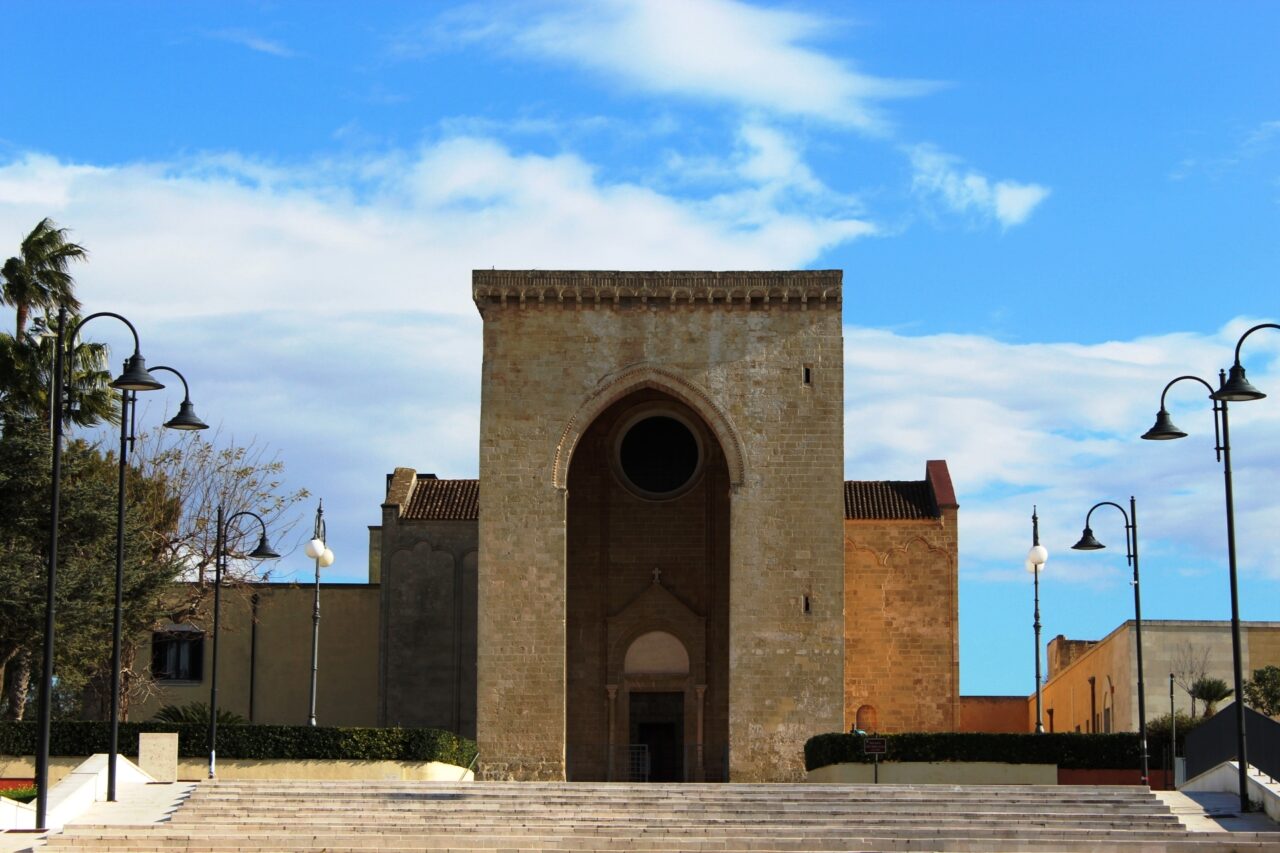Alezio, founded by the Messapians between the 9th and 8th centuries BC, was a possession of Rome from the 5th century. Probably around the year 1000 it also became the object of Saracen raids and from there began a long and slow reconstruction which, together with the repopulation of the urban center and its subsequent expansion, led it to take the name of Villa Picciotti around 1796. Only in 1873 did Vittorio Emanuele II allow the citizens to once again use its ancient name of Alezio.
A short distance from the city centre, in Contrada Monte d’Elia, the Messapian necropolis was recently discovered, dating back to between the 6th and 3rd-2nd centuries BC, where it is possible to observe the typical burial systems of the period: from the simple pit dug into the earth or cut into a rectangular box in the rock (pseudosarcophagus), to the finely squared monolithic sarcophagus with a raised step on the bottom as a headrest, up to the more recent box made of large slabs.
Just as the ancient and glorious Messapian city rose from its ashes, after more than two thousand years, reclaiming the name and prestige that had been taken from it, so the necropolis has recently resurfaced, bringing Alezio back into the spotlight of all of Italy.
Among its most prominent religious monuments, of not only local resonance, is the Church-Sanctuary of Santa Maria della Lizza, built starting from 1268 and adorned with a sumptuous and imposing Gothic arch. It hosts one of the most appreciated paintings by Coppola depicting the martyrdom of Saint Peter. Among the most valuable noble residences, we mention Palazzo Tafuri, from the 18th century, which houses the Museo Civico Messapico.
Illustrious citizens were Abbot Angelo De Simone, professor of Hebrew and Arabic languages at the University of Naples, and Vincenzo Tafuri, an eminent jurist.

 Maccheroni Pasta
Maccheroni Pasta



















Leave a comment